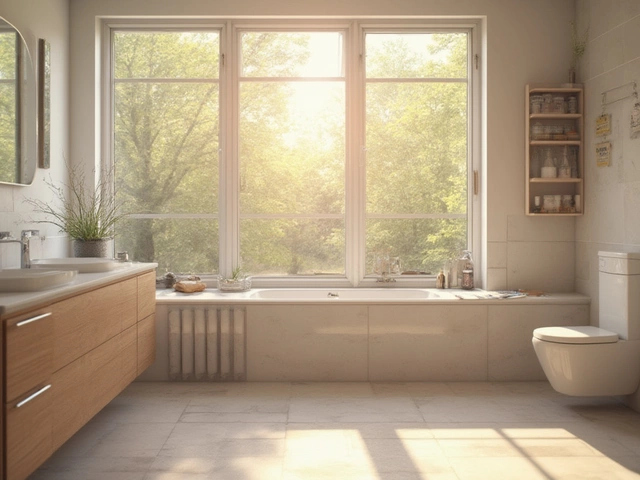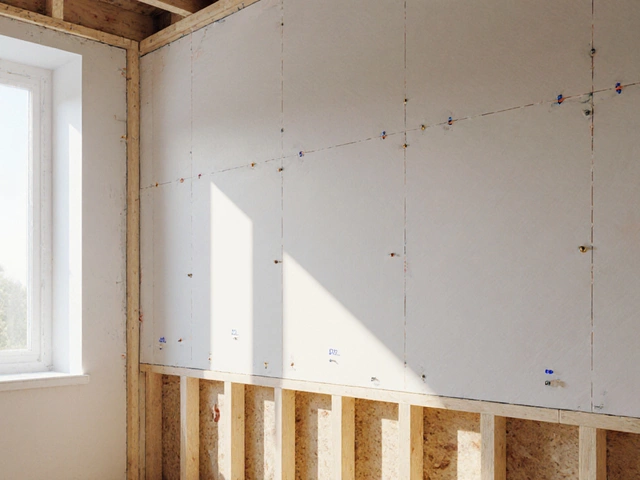Non-Commercial Construction – What You Need to Know
When you hear "construction" you might think big office blocks, but most projects are homes, extensions, or small‑scale builds. That’s non‑commercial construction, and it’s where most of us spend our money. Whether you’re a DIY enthusiast or hiring a contractor, the basics stay the same: solid materials, clear plans, and a realistic budget.
One of the first decisions is where to get your stones, sand, and cement. Local quarries like Lime Hillock give you high‑quality limestone and other resources right here in the UK. Buying close to the site cuts transport costs and usually means you get fresher, stronger material. It also supports local businesses – a win‑win.
Key Materials for Residential Projects
Limestone is a star player for foundations, driveways, and even decorative walls. It’s strong, drains well, and ages nicely. Pair it with good‑grade sand and cement for a mix that holds up under weather changes. If you’re tackling a kitchen remodel, consider a dry‑fit approach: lay out cabinets and appliances before final installation to catch mistakes early. It saves time and avoids pricey re‑work.
For walls and roofs, timber framing (Type 5 construction) is common in homes. It’s light, easy to work with, and works well with insulation. Just watch out for moisture – seal any gaps and use a vapor barrier where needed. And don’t forget waterproofing the basement or crawl space; a simple French drain can keep water from eroding your foundation.
Common Challenges and How to Handle Them
Foundation cracks are the most dreaded surprise. Small hairline cracks can often be sealed with epoxy, but moving cracks mean you need a structural engineer. The rule of thumb: if you see doors sticking, floors sloping, or walls bowing, call a pro right away.
DIY vs professional work is another common dilemma. Sealing a few surface cracks, improving grading around the house, or installing a simple dry‑fit kitchen can be DIY‑friendly. Anything that involves load‑bearing walls, major structural changes, or large‑scale excavation should be left to experts. The cost difference may seem big, but the risk of doing it wrong often outweighs the savings.
Budgeting is where most projects go off‑track. A good rule is to add a 10‑15 % buffer for unexpected expenses – like discovering poor soil that needs extra compaction or extra plumbing runs. Break the budget down into categories: materials, labor, permits, and contingency. Track each expense as it comes in; a spreadsheet does wonders.
Finally, think about timing. Spring and early summer are ideal for most builds because the ground isn’t too frozen and rain levels are moderate. If you push a roof replacement into winter, you’ll face higher material prices and limited contractor availability.
Non‑commercial construction doesn’t have to be overwhelming. Focus on reliable materials, plan for the hidden challenges, and know when to call in the pros. With those basics in place, your home project will stand the test of time – and you’ll avoid a lot of headaches along the way.
Is Construction Commercial or Non-Commercial? Here’s How to Tell the Difference

Learn how to tell if a construction project is commercial or non-commercial. Understand the key differences in codes, permits, and costs-and avoid costly mistakes when building for business or personal use.
read moreUnderstanding the Differences: Commercial vs. Non-Commercial Construction

Commercial and non-commercial construction projects might seem similar at first glance, but they cater to different needs and have distinct characteristics. Commercial construction usually focuses on projects like office buildings, malls, or hotels, aiming for profit. Non-commercial projects are often public works or residential homes prioritizing community benefits. Knowing the unique aspects of each helps stakeholders make informed decisions.
read more



